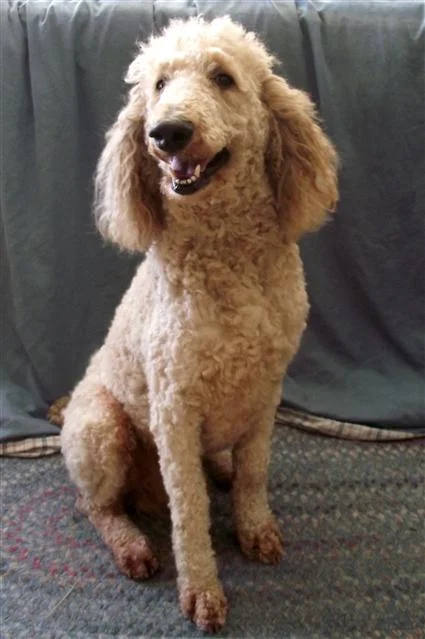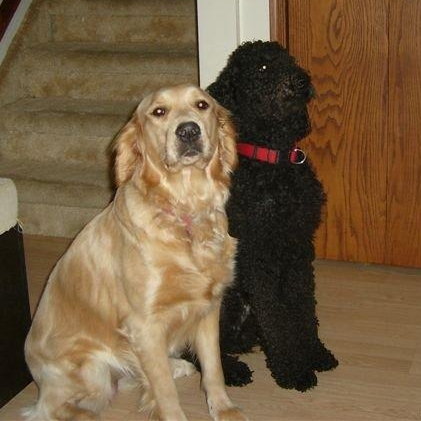Cesar Millan is a world-renowned dog behavior specialist, known as the "Dog Whisperer". We highly recommend getting his books, watching his TV show and learning his techniques for transforming your dog and your life by understanding canine psychology and establishing pack leadership.
There is an informative wiki site that makes a great place to start.
Our Veterinarian implants an M4S ID chip in each of our puppies. We have already had a happy Doodle reunion using this method. The company was professional, helpful and followed up with us to ensure the puppy was safely with his family. Please remember to have your doodle scanned with each Veterinarian visit.
PetHub™ Link tags allow YOU to choose what is displayed when your pet's collar is scanned with a smartphone (iPhone, Android, etc.). It's modifiable as often as you like through your free PetHub.com account. You can even receive emails with GPS data when someone scans your pet's tag. Collars link to a free PetHub.com subscription to store your pet's data.
Standard Poodles: The Canada's Guide to Dogs website was launched in January 2004. The web site is not affiliated with any organization or business, nor does it recommend, endorse or support any one breeder, group, organization, or other. One of the primary goals is to build the most comprehensive online resource for Canadian dog enthusiasts, a site that encompasses all aspects of the dog world and provides a portal of sorts where important and pertinent information is merely a click away.
Golden Retrievers: The Canada's Guide to Dogs website provides an excellent resource to research the two foundation bloodlines creating the Golden Doodle hybrid.
This website lists an amazing number of optional hybrid dogs.
This site has plenty of general information you would find interesting when you are researching the topic of Golden Doodles.
This site has very useful information on all aspects of the Golden Doodle lifestyle, ranging from play time to chow time.
Another wiki site that makes a great starting place for researching hybrid dogs. The term 'hybrid' is preferred to 'mixed breed'; read here to understand what each term means.
Where to go?
Doodles are wonderful companions and they are welcome in many settings. Dog parks are often a great way for your doodle meet playmates but remember that a puppy must have their vaccinations and the " go ahead" from your Veterinarian, prior to visiting one. We recommend using a leash to keep your puppy within arms length so you and they can learn the lay of the land. Doodles are very sweet, loving and often submissive to dogs with dominant personalities.
Always gauge the mood of the dogs in the park when introducing your dog to a new "pack". Safety first!
Many of our doodles enjoy visiting dog day care facilities and some have routine play days.
Dog parks in the local Winnipeg area are listed on the City of Winnipeg website.

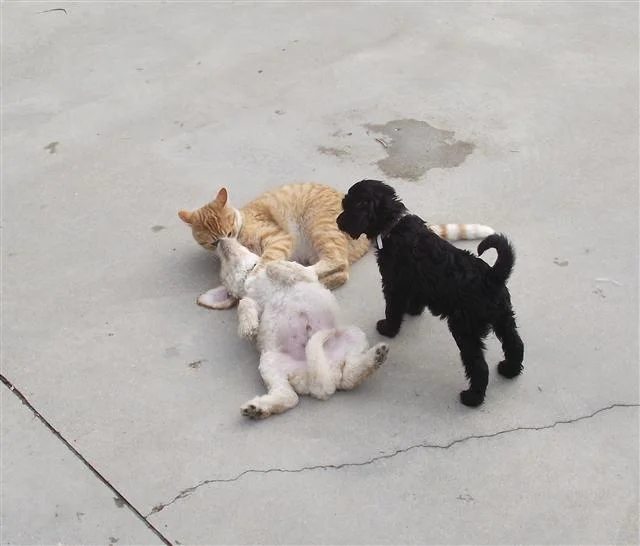



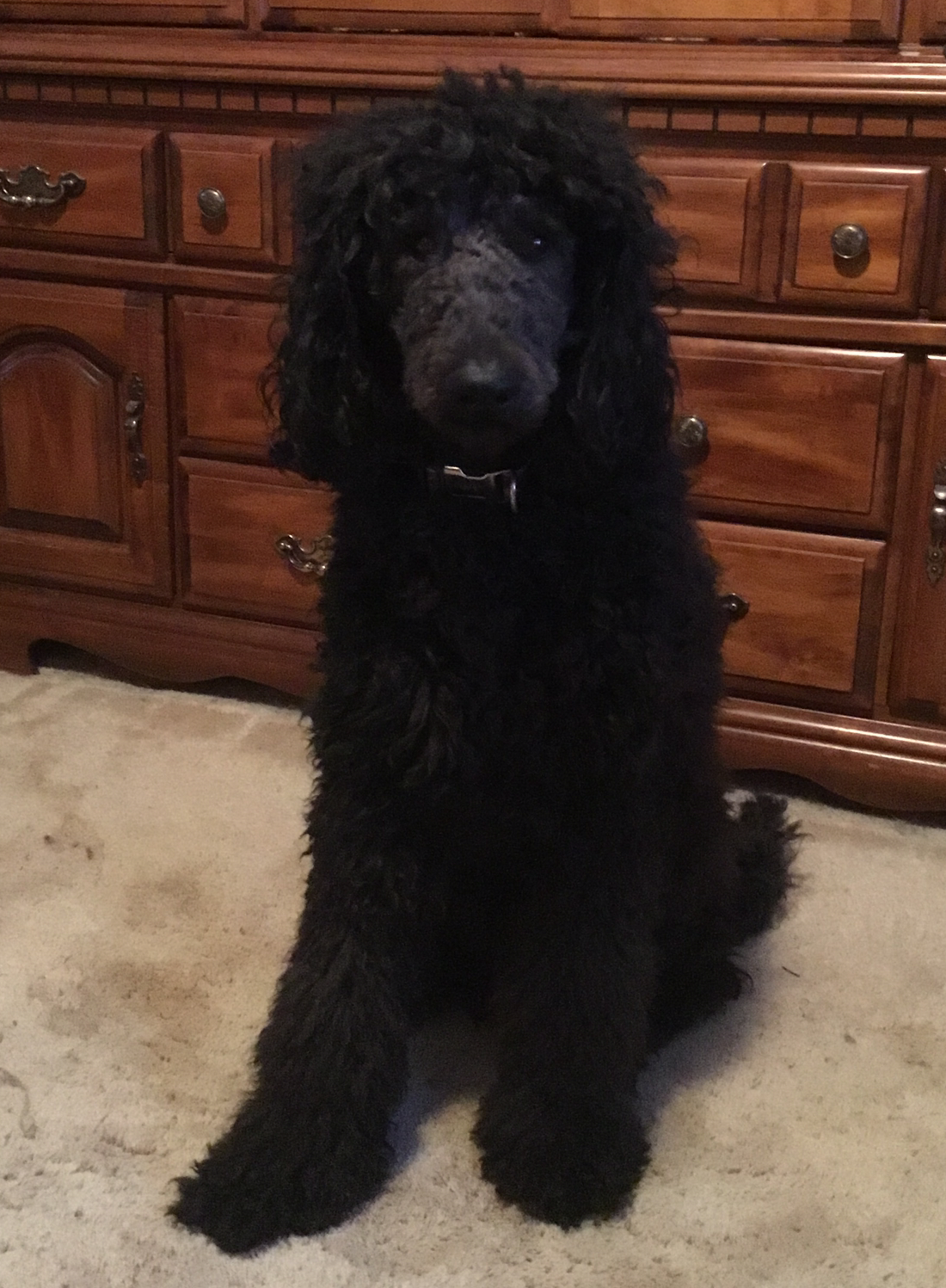
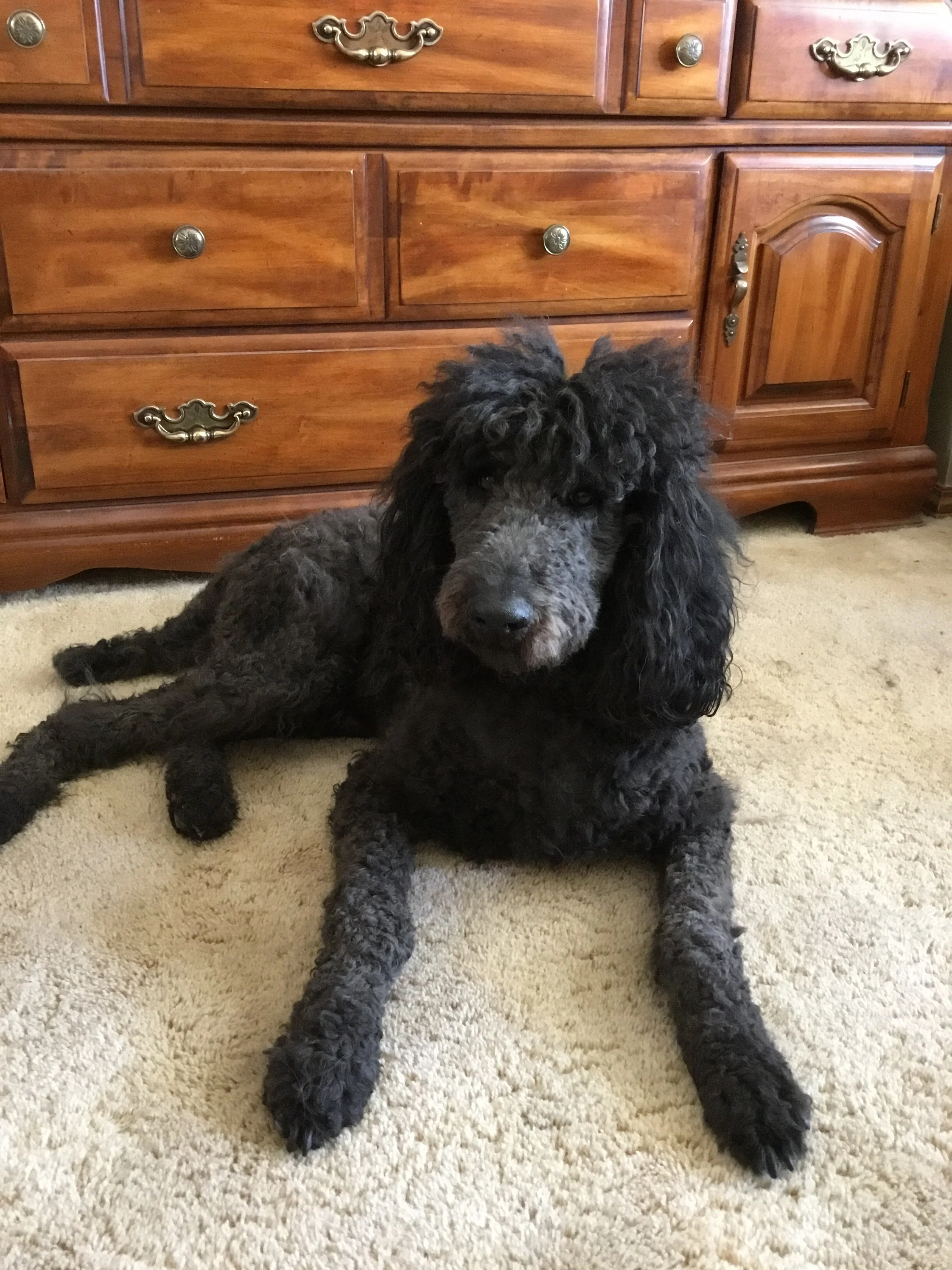
![AKQC4002[1].JPG](https://images.squarespace-cdn.com/content/v1/59149f501b631bf77cd1179a/1622408289566-JDXTRCAWZ9902D32C67J/AKQC4002%5B1%5D.JPG)
![FQBY1033[1].JPG](https://images.squarespace-cdn.com/content/v1/59149f501b631bf77cd1179a/1622408390855-033RGRCMX7N3ZR6LK17Q/FQBY1033%5B1%5D.JPG)
![AKQC4002[2].JPG](https://images.squarespace-cdn.com/content/v1/59149f501b631bf77cd1179a/1622408464099-ZXQKHEQBHDT1R6V78B82/AKQC4002%5B2%5D.JPG)



